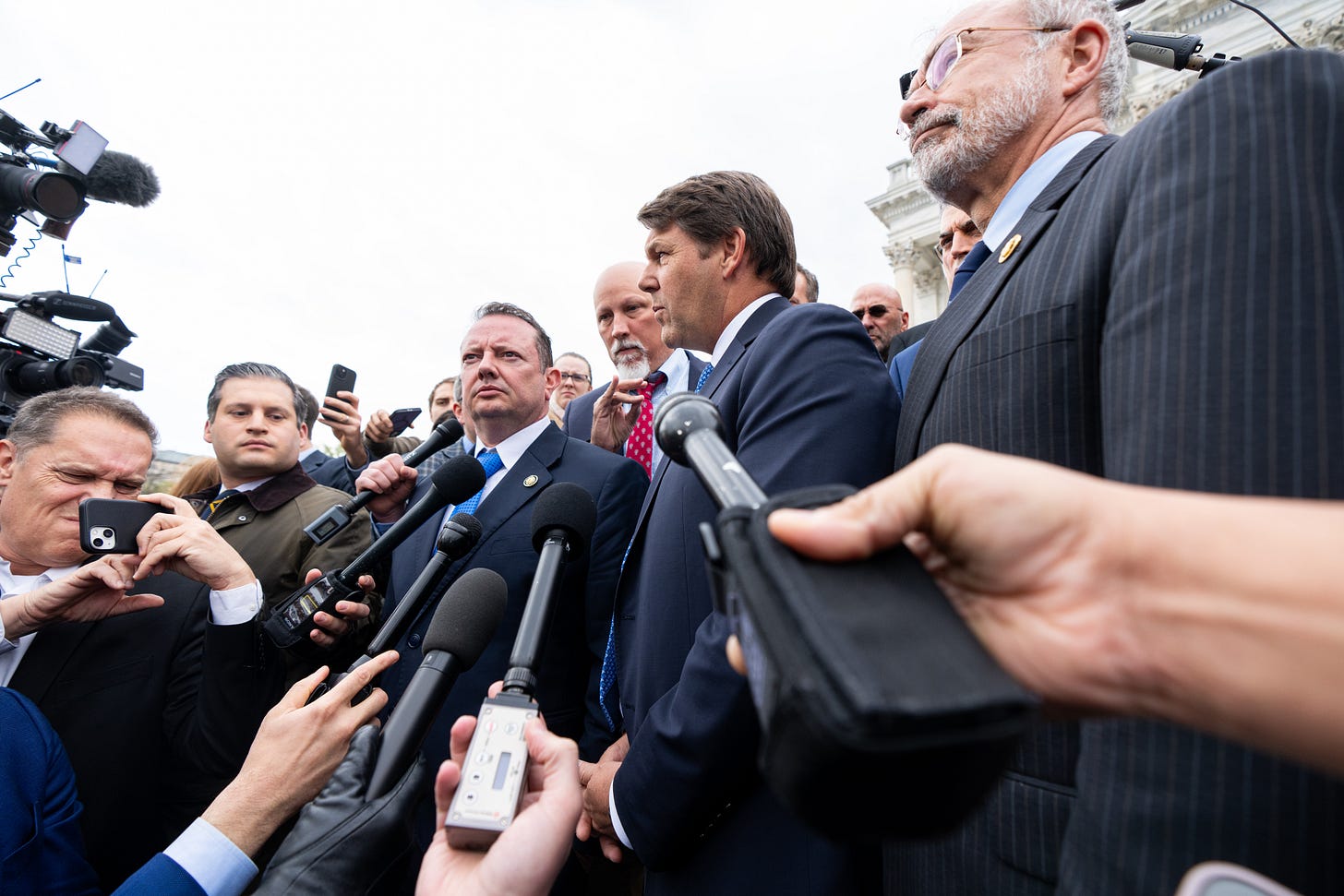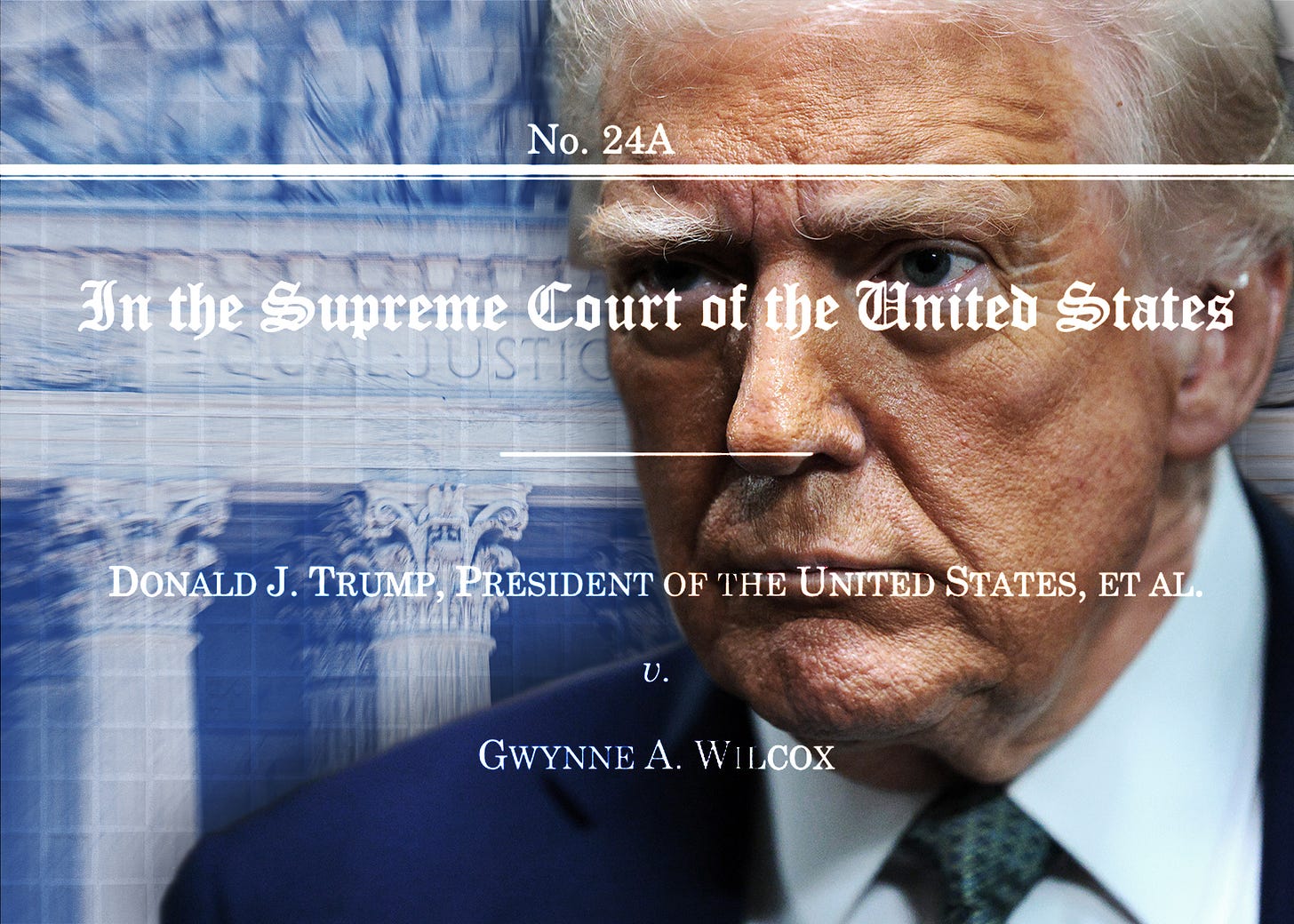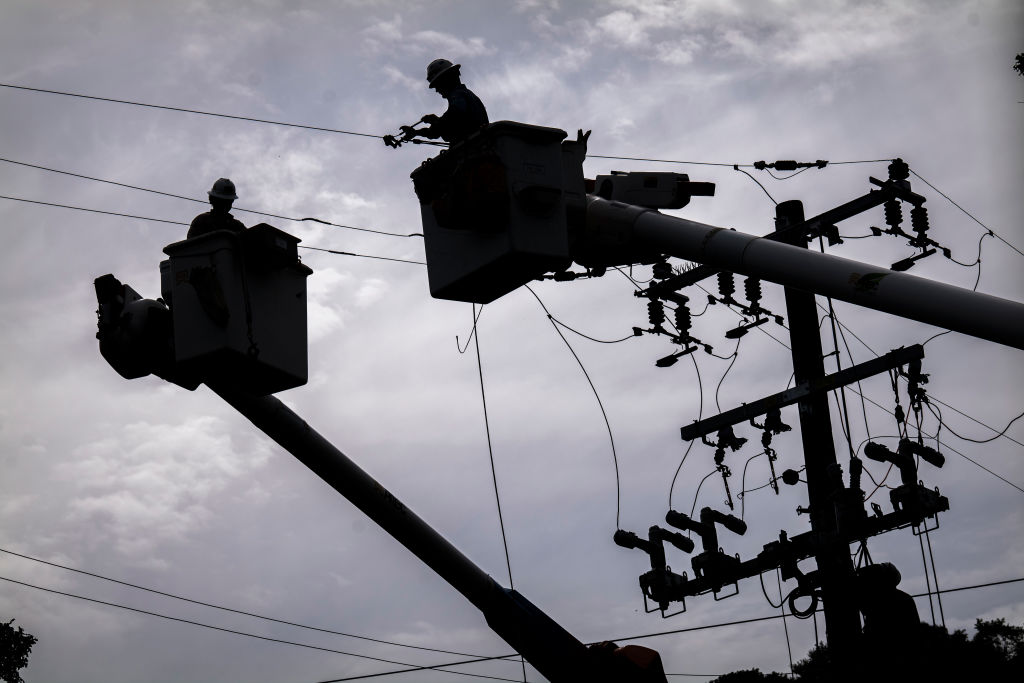
Five Big Questions About Trump’s ‘Big, Beautiful Bill’
April 29, 2025
A nuclear physicist, a nonprofit executive and a construction manager: How one family has fared in Trump’s first 100 days
April 30, 2025IN JUST A FEW MONTHS, Americans have seen how much harm can be done by an unconstrained president who no longer needs the electorate to achieve his aims. Lawful residents of the United States “disappeared” off the streets and whisked away to foreign prisons without due process. Private law firms and universities coerced into surrendering their historic independence. Unpredictable tariffs roiling markets, raising prices, and wreaking havoc on the global economy.
American democracy and prosperity are already suffering from an excess of executive power. The last thing we need is a judicial revolution that would hand vast new powers to the president over Congress’s explicit and longstanding objection.
Yet that’s just what President Trump wants—and, if the Supreme Court rules his way in a pending case, he could get it soon.
In Trump v. Wilcox, Trump recently asked the Court to give him the power to fire the heads of traditional independent agencies at will, in violation of express statutory protections and a century of related precedent. The laws at issue say the president can fire such officers, but only for legal cause. For Trump, that’s not good enough. He wants the power to fire such officers for a good reason, a bad reason, or no reason at all.
Trump’s attempted power grab should be opposed by all Americans, regardless of party. After all, what a Republican president can do today, a Democratic president can do tomorrow. But Trump’s constitutional theory should be particularly troubling to conservatives, because it undermines foundational principles they have long championed.
Thanks in large part to judicial conservatives, for example, it’s now settled that legal interpretation should “start with text.” The text of the Constitution does not say the president has any removal power, much less one that is absolute. Trump’s theory is that “the executive power” vested in the president must embrace an “exclusive” and “preclusive” removal power. But the Constitution’s explicit treatment of other “executive” powers—such as the power to appoint executive officers, some of whom must be confirmed by the Senate—shows that such powers need not be exclusive and preclusive; and the Constitution gives Congress, not the president, broad power to make “all laws . . . necessary and proper” for carrying into execution “all” powers vested “in any Department or Officer” of the United States.
Legal precedent and history likewise support the validity of the laws Trump wants the Court to strike down. In 1935 and 1958, the Supreme Court affirmed Congress’s authority to create agencies that enjoy at least some protection from presidential control. Both decisions were unanimous. The political branches have relied heavily on those precedents; indeed, much of modern governance is based on them.
As Trump sees it, all three branches of government have been wrong for almost a century. Congress was wrong to pass laws creating independent agencies; presidents of both parties were wrong to sign those bills into law and then to follow them; and the Supreme Court was wrong to uphold them. That dubious and startling assertion should be a tough pill for anyone to swallow. But it should be a nonstarter for conservatives, for at least three reasons.
First, even if one were inclined to accept Trump’s constitutional theory, the practical question today is whether the precedents Trump dislikes are “not just wrong,” but so “grievously or egregiously wrong” (as Justice Kavanaugh once put it) as to justify overruling them. Trump’s theory flunks that test. Constitutional text and history provide ample support for those precedents, and some of our greatest legal minds—including, among many others, Alexander Hamilton, James Madison, and John Marshall, not to mention the justices who served on the Supreme Court when it decided those key cases in 1935 and 1958—have rejected Trump’s atextual theory of an “inherent” and “absolute” removal power.
Second, if agencies with removal protections don’t work well in practice, or if they raise so-called “separation of powers policy objections,” the political branches of government can change them at any time. All Trump has to do is convince fellow Republicans in Congress that he should be entrusted with even more power.
Congress is better positioned than the courts to assess the debatable policy arguments Trump wants to constitutionalize. Let him try to persuade Congress, for example, that the Federal Reserve, the Federal Election Commission, and other traditionally independent agencies are apt to make better decisions and enjoy greater legitimacy if a “democratically accountable” president has the power to fire their heads at will. Congress may consult common sense and consider real-world facts in assessing the extent to which voters may meaningfully hold presidents (including second-term presidents who can’t be re-elected) accountable for the thousands of decisions agencies make every day; and it could then balance that perceived benefit against competing costs, including the practical impact on decision-making critical to the national economy and the potential democracy-distorting effects of further increasing presidential power.
Third, Trump’s reliance on abstract theory flies in the face of one of conservatism’s most important insights. As Edmund Burke cautioned in his Reflections on the Revolution in France (1790), “the solid test of long experience” is more reliable than pure reason as a guide to human conduct. In other words, institutions that have withstood the test of time should be presumed to embody a distillation of human wisdom and experience. That’s not to say they’re perfect. We all have feet made of clay; any human enterprise will be flawed. But, especially in an advanced and enormously successful society like ours, the path to progress is through gradual and incremental reform, not sudden revolution.
Trump’s approach could not be more different; he wants the Court to bulldoze laws that have been in place for a century. In support, the president’s lawyers selectively cite certain language from recent opinions while ignoring the fact that a majority of the justices, in those same cases, went out of their way to reassure Congress and the American people that they were not casting doubt on the validity of longstanding precedents.
Clever lawyering and wordsmithing cannot obscure the truth. No matter how it’s couched, any ruling from the Supreme Court that allows Trump to defy longstanding removal protections for traditional independent agencies would radically expand the powers of the president. That’s the last thing we need now. If it must come, any such revolution should not be unleashed on the American people without support from the people’s elected representatives in Congress.
At a minimum, the Court should not reward the president for manufacturing an “emergency” by violating long-settled law and then seeking relief on the emergency docket. In his emergency stay application, Trump told the Court that he should not have to tolerate officers whose views he does not like—officers who were all nominated by the president and confirmed by the Senate—“for a single day.” But why not? Every other president since FDR, including Trump himself during his first term, has done just that.
Our democracy has flourished in spite of—and arguably to some extent because of—the legal restraints Trump now wants the Court to strike down. Conservatives, of all people, should not underestimate the perils of casting those restraints aside based on singleminded devotion to an abstract and highly debatable theory, and the Supreme Court should not be complicit in further aggrandizing and emboldening an already too-powerful presidency.
Amit Agarwal, a special counsel for Protect Democracy, was a law clerk to Justice Samuel Alito and then-Judge Kavanaugh and served as solicitor general of Florida from 2016–21. He is one of the lawyers representing the plaintiffs in Slaughter v. Trump, a case challenging Trump’s attempted removal of two FTC commissioners. This article reflects only his own views.
Great Job Amit Agarwal & the Team @ The Bulwark Source link for sharing this story.


















